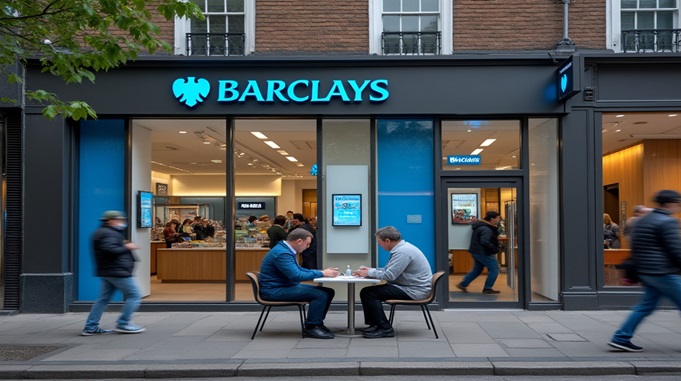
A “partner enterprise” is an enterprise that has certain financial partnership with another, without one exercising effective direct or indirect control over the other. They are not sole enterprises or linked enterprises.
This is the case where both hold 25% or more of the capital or voting rights in each other; and are not linked to other enterprises. Among other things, their voting rights in each other do not exceed 50%.
[1] The following trades and organisations are not eligible to apply: Banks, building societies, insurance companies; public-sector bodies; and state-funded primary and secondary schools.
[2] For businesses who self-declare as a “business in difficulty” on 31 December 2019, then additional de minimis State aid restrictions apply. In these instances, fishery, aquaculture and agriculture businesses may not qualify for the full interest and fee payment.
[3] Borrowers are not allowed to use the loan in relation to the establishment and operation of a distribution or to other current expenditure linked to an export activity.
[4] The following trades and organisations are not eligible to apply: Banks, building societies, insurers and reinsurers (but not insurance brokers); public-sector bodies; and state-funded primary and secondary schools.
[5] For businesses who self-declare as a “business in difficulty” on 31 December 2019, then additional de minimis State aid restrictions apply. In these instances, fishery, aquaculture and agriculture businesses may not qualify for the full interest and fee payment.
[6] Under CBILS lenders are required, for example, to undertake checks on affordability and viability of a business; and so, applying for refinancing gives no guarantee of eligibility.
[7] SMEs are defined as a business with less than 250 employees and either (a) a turnover of less than £44.45m or (b) a balance sheet of less than £38.22m.
[8] An enterprise will not be categorised as an SME if 25% or more of its capital or voting rights are directly or indirectly owned or controlled, jointly or individually, by one or more public bodies (except those listed in a) to d) which can hold up to 50%).
[9] A private equity/venture capital investment fund is a vehicle for enabling pooled investment by a number of investors in the equity and equity-related securities (such as quasi-equity) of companies (investee companies). These are generally private companies whose shares are not quoted on any stock exchange. The fund can take the form either of a company or of an unincorporated arrangement such as a limited partnership. In form, a private equity/venture capital company can either be a company or a limited partnership: a few are quoted on stock markets.
[10] Business angels are private individuals who either solely invest their own cash in SMEs or alternatively invest in syndicates where typically one angel in the syndicate takes a lead role. Angels normally have no previous family connection with the business and make their own investment decision rather than making a decision through an independent manager. The lead angel of the syndicate or the angel investing alone will typically follow the investment after it is made by observing and providing his/her knowledge, experience and support to the investee company by way of mentoring assistance.
[11] The European Commission does not formally define the concept of ‘institutional investors’. They are, however, usually seen as investors which trade large volumes of securities on behalf of a great number of individual small investors and which have no direct involvement in the management of the firms in which they invest. The term ‘institutional investor’ refers mainly to insurance companies, pension funds, banks and investment companies that collect savings and supply funds to the markets, but the term also applies to other types of institutional wealth (e.g. endowment funds, foundations, etc.). Usually these have substantial assets and are experienced investors.








